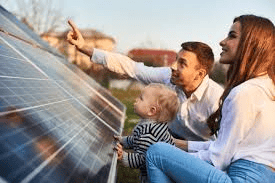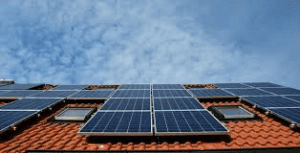We’ll need to install a great deal more solar in order to reach our net zero goals for renewable electricity on the grid by 2050.
Even as we increase the pace at which we install solar power on our roofs and grid-scale farms, the world continues to heat up and extreme weather events are more frequent.
Solar panels must be exposed to the elements. They are built to withstand heat, rain, snow and wind. However, like any material, they have limitations. Many panels will degrade quicker due to climate change.
New research looks at which parts are likely to have the worst solar degradation conditions out to 2059, and how that will affect the cost of electricity. Solar in humid, hot areas will degrade the fastest. However, solar in more moderate climates in the south will do better.
What causes solar panels to degrade?
The warranty is likely to be an important factor when you decide whether or not to install solar panels on your roof. Most solar manufacturers provide a warranty of 25-30 years, guaranteeing that power output won’t drop more than 20% during this time. For advice on Solar Panels Exeter, visit https://www.slelectricals.co.uk/solar-panels-exeter
Solar panels gradually degrade with time. Different climates, materials and manufacturing techniques can cause faster or slower degradation.
The dominant solar technology at the moment is silicon. The silicon modules are subject to degradation due to environmental stress, voltage fluctuations and mechanical stresses. Silicon wafers can be quite rigid and brittle. The main environmental causes of damage are humidity, UV radiation, and temperature.


